Table of Contents
Indo-Islamic Architecture
Indo-Islamic architecture refers to the architectural styles and designs that evolved in the Indian subcontinent under the influence of Islamic culture and traditions. The fusion of Islamic and Indian architectural elements resulted in a unique and fascinating style that has left an indelible mark on the landscape of India.
Indo-Islamic Architecture Origin and History
- The Indo-Islamic architectural style emerged during the 12th century when Muslim rulers began to establish their rule over the Indian subcontinent.
- These rulers brought with them a new culture and traditions, including Islamic architecture, which they used to build their monuments, palaces, and mosques.
- The most significant feature of Indo-Islamic architecture is the blending of Indian and Islamic architectural styles.
- The architects of this era used Indian motifs, such as lotus flowers, elephants, and peacocks, along with Islamic elements like arches, domes, and calligraphy, to create a unique style that reflects the cultural syncretism of the era.
- One of the most prominent examples of Indo-Islamic architecture is the Qutub Minar in Delhi.
- The Qutub Minar is a tower built in the 12th century by Qutub-ud-din Aibak, the first Muslim ruler of Delhi.
- The tower is made of red sandstone and marble and stands 73 meters tall.
- The tower’s design features intricate carvings and calligraphy, blending Indian and Islamic styles.
- Another famous example of Indo-Islamic architecture is the Taj Mahal in Agra.
- The Taj Mahal was built in the 17th century by the Mughal Emperor Shah Jahan in memory of his wife Mumtaz Mahal.
- The Taj Mahal is a masterpiece of Indo-Islamic architecture, featuring a blend of Islamic and Indian styles, such as the use of calligraphy and arches, along with Indian motifs like lotus flowers and peacocks.
Indo-Islamic architecture also includes the design of mosques, which are an essential part of Islamic architecture. The Jama Masjid in Delhi is one of the most significant examples of Indo-Islamic mosque architecture. Built in the 17th century by the Mughal Emperor Shah Jahan, the Jama Masjid is one of the largest mosques in India, featuring intricate designs and carvings, reflecting the blend of Indian and Islamic architectural styles.
Indo-Islamic Architecture: Fusion of Indian and Islamic Styles of Architecture
The fusion of Indian and Islamic architectural styles in Indo-Islamic architecture had a significant impact on the culture and traditions of India. The architecture of this era reflects the syncretic culture that emerged from the interaction between the Indian and Islamic civilizations. The monuments and buildings of Indo-Islamic architecture continue to inspire and fascinate people around the world, and they are an essential part of India’s cultural heritage.
In conclusion, Indo-Islamic architecture is a unique and fascinating style that reflects the syncretic culture of the Indian subcontinent. The blending of Indian and Islamic architectural elements resulted in the creation of some of the most magnificent and iconic structures in the world. The legacy of Indo-Islamic architecture continues to inspire and influence architects and designers worldwide, and it remains an essential part of India’s rich cultural heritage.
Styles of Indo-Islamic Architecture
Indo-Islamic architecture is a unique blend of two distinct architectural styles – Indian and Islamic. The fusion of these two styles resulted in the creation of some of the most magnificent and awe-inspiring structures in India. The architecture of the Indo-Islamic period can be broadly categorized into four styles – the Delhi Sultanate, the Provincial style, the Mughal style, and the Deccani style.
Style of Indo-Islamic Architecture: The Delhi Sultanate Style
The Delhi Sultanate style is the earliest style of Indo-Islamic architecture that flourished during the reign of the Delhi Sultans from the 13th to the 16th century. This style is characterized by the use of rubble masonry, massive gateways, domes, and arches. The most notable example of this style is the Qutub Minar in Delhi, which is a towering 73-meter-high minaret made of red sandstone and marble.
Style of Indo-Islamic Architecture: The Provincial Style
The Provincial style emerged in the 14th and 15th centuries and was used in various parts of India, such as Gujarat, Bengal, and Malwa. This style is known for its ornate decorations, intricate carvings, and the use of intricate geometric patterns. One of the most notable examples of this style is the Adalaj Stepwell in Gujarat, which is a magnificent structure with intricate carvings and ornate decorations.
Style of Indo-Islamic Architecture: The Mughal Style
The Mughal style is the most well-known style of Indo-Islamic architecture, which was popular during the reign of the Mughal emperors from the 16th to the 19th century. This style is characterized by the use of white marble, red sandstone, and intricate carvings. The most famous examples of this style include the Taj Mahal in Agra, the Red Fort in Delhi, and the Jama Masjid in Delhi.
Style of Indo-Islamic Architecture: The Deccani Style
The Deccani style emerged in the 16th and 17th centuries in the Deccan region of India. This style is characterized by the use of domes, minarets, and intricate stucco decorations. One of the most notable examples of this style is the Gol Gumbaz in Bijapur, which is a massive dome with a diameter of 44 meters and is one of the largest domes in the world.
In conclusion, the Indo-Islamic architecture is a fascinating blend of Indian and Islamic styles that resulted in some of the most beautiful and awe-inspiring structures in India. The four styles of Indo-Islamic architecture – the Delhi Sultanate, the Provincial style, the Mughal style, and the Deccani style – are each unique in their own right and provide a glimpse into the rich architectural heritage of India.
Examples of Indo-Islamic Architecture
Indo-Islamic architecture is a fusion of Islamic and Hindu architectural styles that flourished in the Indian subcontinent during the medieval period. The style emerged during the 12th century, when Islamic rulers began to conquer India and establish their rule. The fusion of Islamic and Hindu architectural styles resulted in some of the most magnificent and unique structures in the world. In this article, we will explore some of the most impressive examples of Indo-Islamic architecture.
Example of Indo-Islamic Architecture: Taj Mahal, Agra
The Taj Mahal is perhaps the most famous example of Indo-Islamic architecture. Built by Mughal Emperor Shah Jahan in the 17th century, the Taj Mahal is a mausoleum that houses the tomb of his beloved wife, Mumtaz Mahal. The structure is a perfect blend of Islamic and Hindu architectural styles and is considered one of the Seven Wonders of the World.
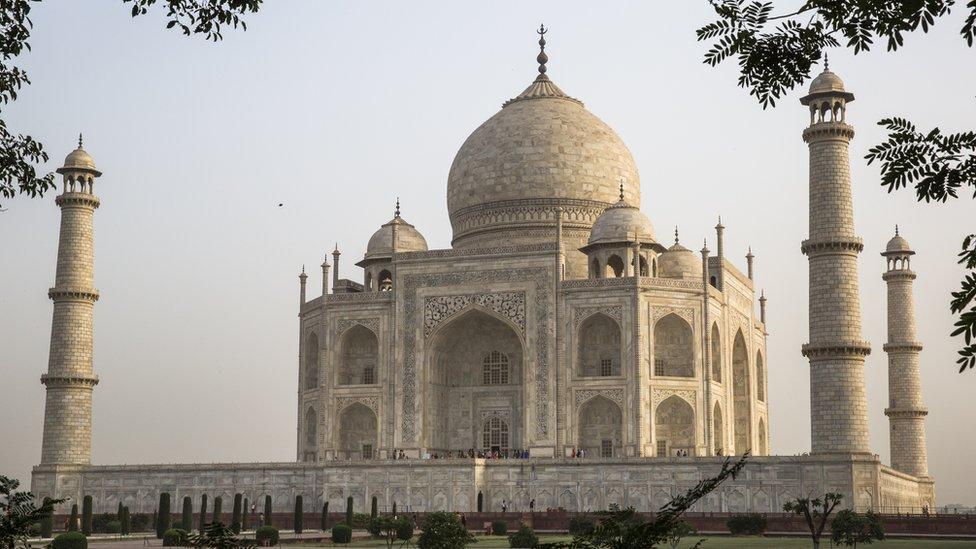
Example of Indo-Islamic Architecture: Qutub Minar, Delhi
The Qutub Minar is a towering minaret located in Delhi, India. Built in the 12th century, the minaret stands at a height of 73 meters and is adorned with intricate carvings and calligraphy. The structure is made of red sandstone and marble and is an excellent example of the fusion of Islamic and Hindu architectural styles.
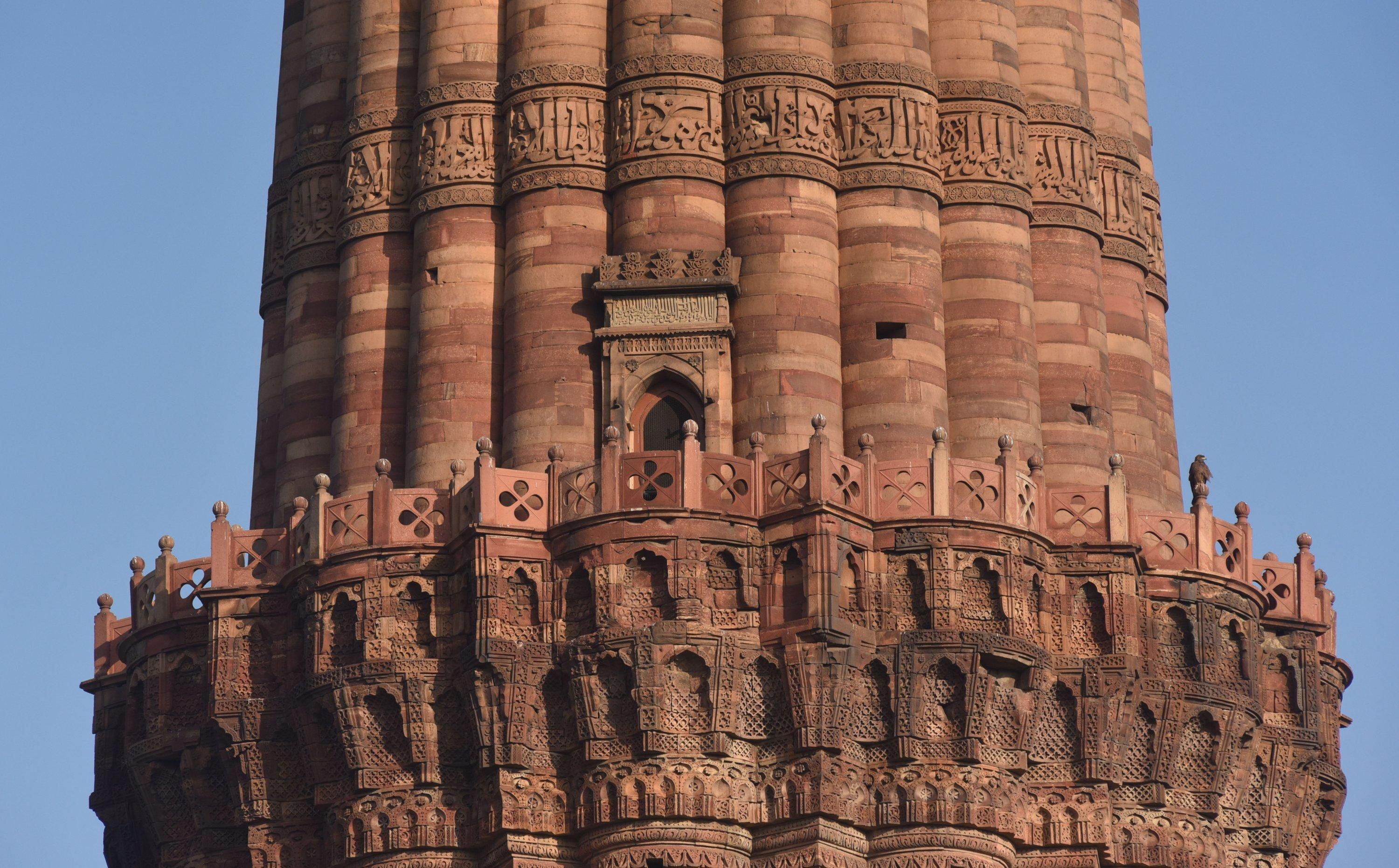
Example of Indo-Islamic Architecture: Jama Masjid, Delhi
The Jama Masjid is one of the largest mosques in India and was built by Mughal Emperor Shah Jahan in the 17th century. The mosque is made of red sandstone and white marble and can accommodate up to 25,000 worshippers at a time. The structure is adorned with intricate carvings and calligraphy and is considered one of the most impressive examples of Indo-Islamic architecture.
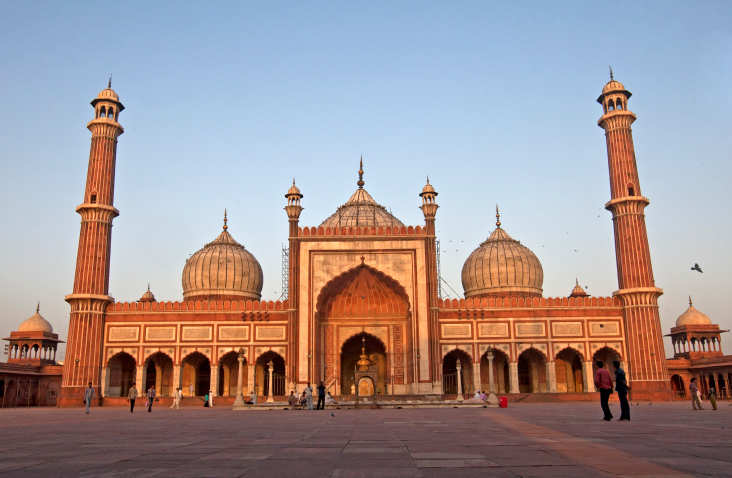
Example of Indo-Islamic Architecture: Fatehpur Sikri, Agra
Fatehpur Sikri is a fortified city located near Agra, India. Built in the 16th century by Mughal Emperor Akbar, the city is a perfect blend of Islamic and Hindu architectural styles. The city houses several impressive structures, including the Buland Darwaza, a towering gateway made of red sandstone.

Example of Indo-Islamic Architecture: Charminar, Hyderabad
The Charminar is a monument located in Hyderabad, India. Built in the 16th century, the monument is a fusion of Islamic and Hindu architectural styles and is a popular tourist attraction. The structure consists of four minarets, each of which stands at a height of 56 meters.
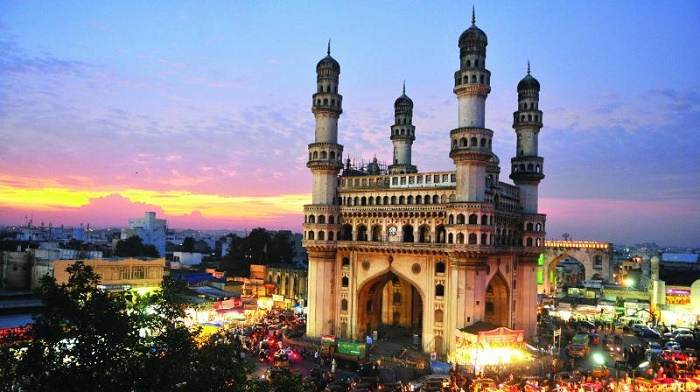
Example of Indo-Islamic Architecture: Humayun’s Tomb, Delhi
Humayun’s Tomb is a mausoleum located in Delhi, India. Built in the 16th century, the structure is a fusion of Islamic and Hindu architectural styles and is considered one of the best examples of Mughal architecture. The tomb is made of red sandstone and white marble and is adorned with intricate carvings and calligraphy.
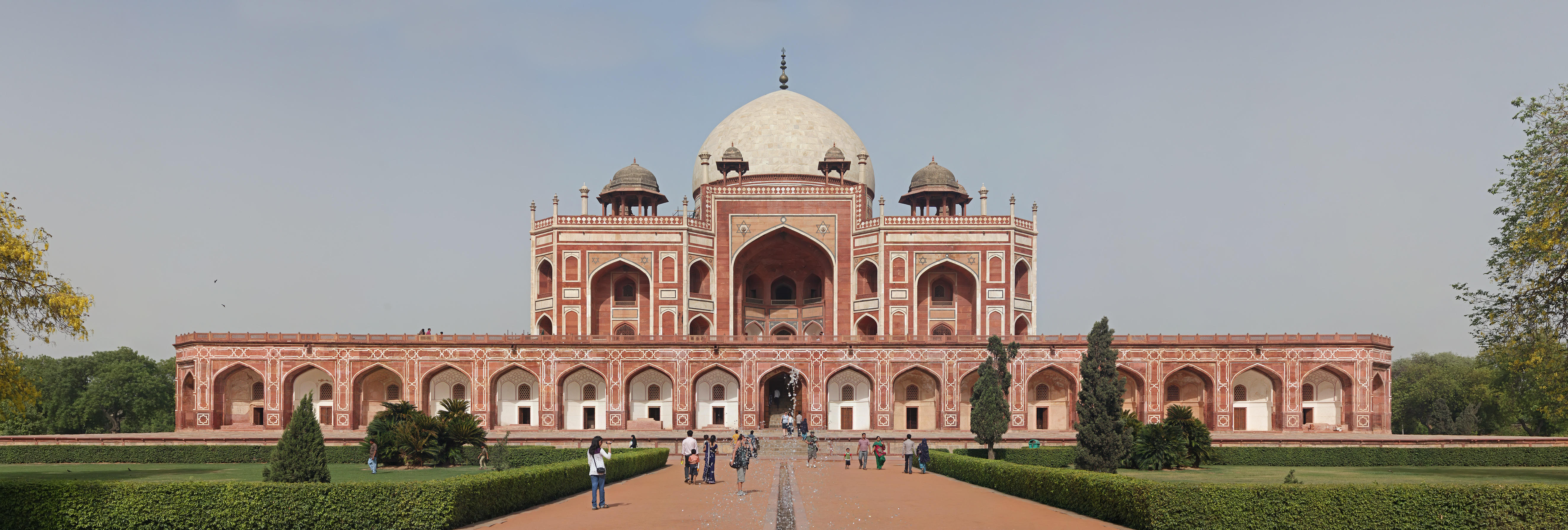
In conclusion, Indo-Islamic architecture is a unique and impressive style that emerged in India during the medieval period. The fusion of Islamic and Hindu architectural styles resulted in some of the most magnificent structures in the world, including the Taj Mahal, Qutub Minar, Jama Masjid, Fatehpur Sikri, Charminar, and Humayun’s Tomb. These structures serve as a testament to the cultural and architectural diversity of India and are a source of pride for the country.

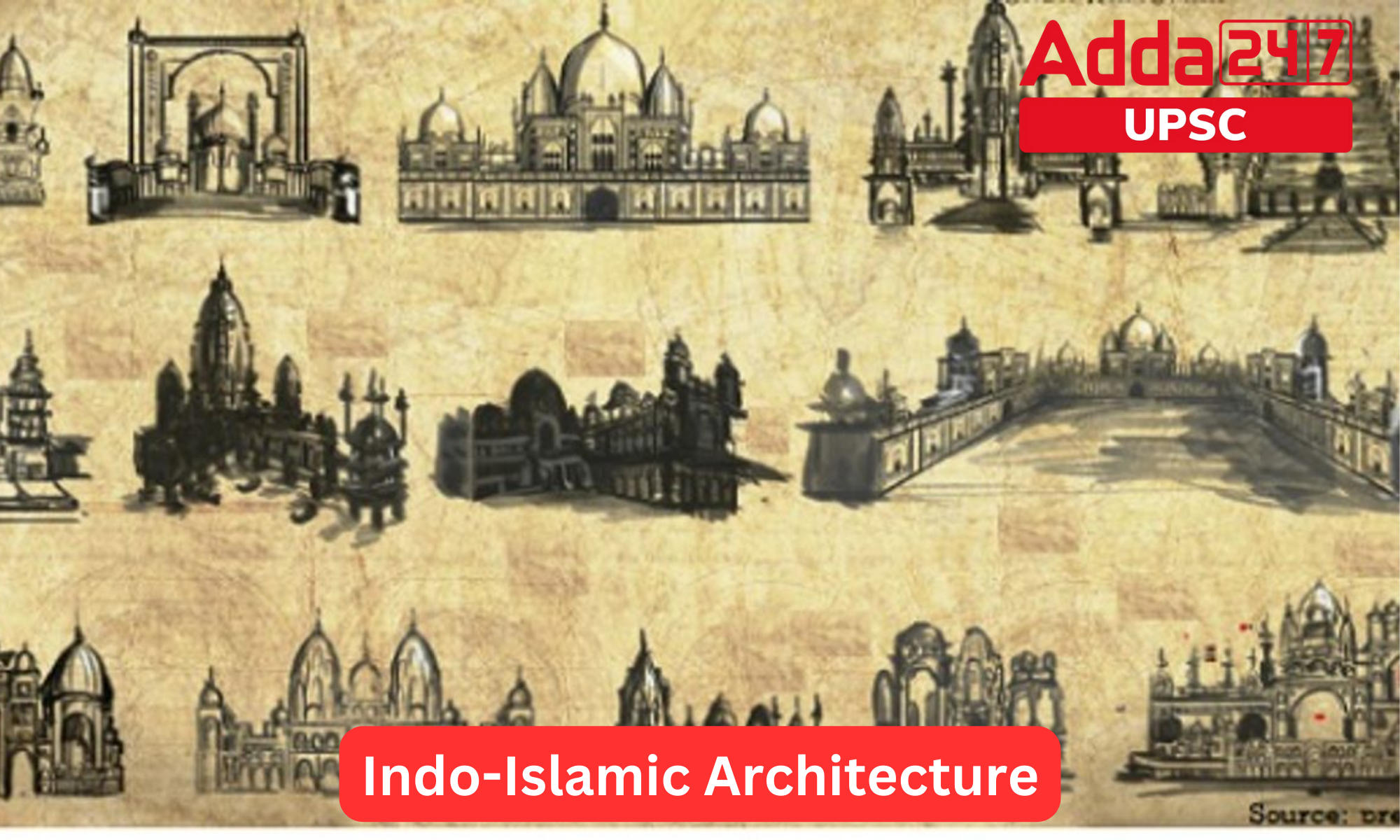

 TSPSC Group 1 Question Paper 2024, Downl...
TSPSC Group 1 Question Paper 2024, Downl...
 TSPSC Group 1 Answer key 2024 Out, Downl...
TSPSC Group 1 Answer key 2024 Out, Downl...
 UPSC Prelims 2024 Question Paper, Downlo...
UPSC Prelims 2024 Question Paper, Downlo...
